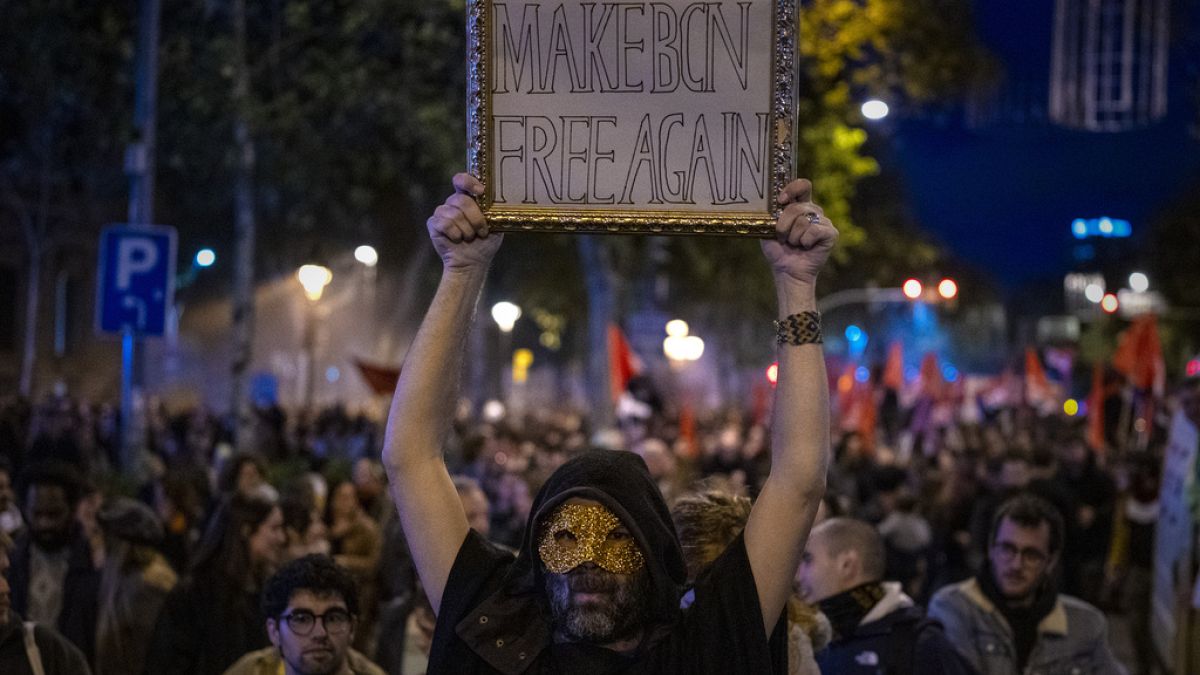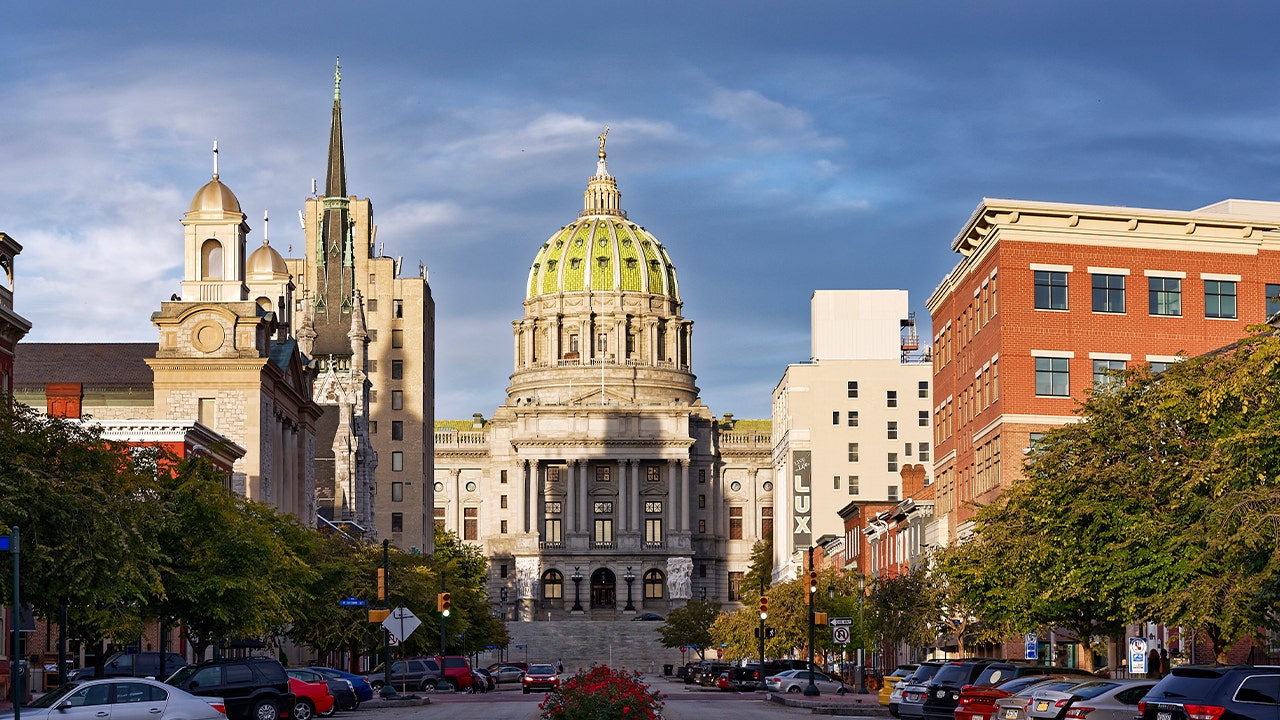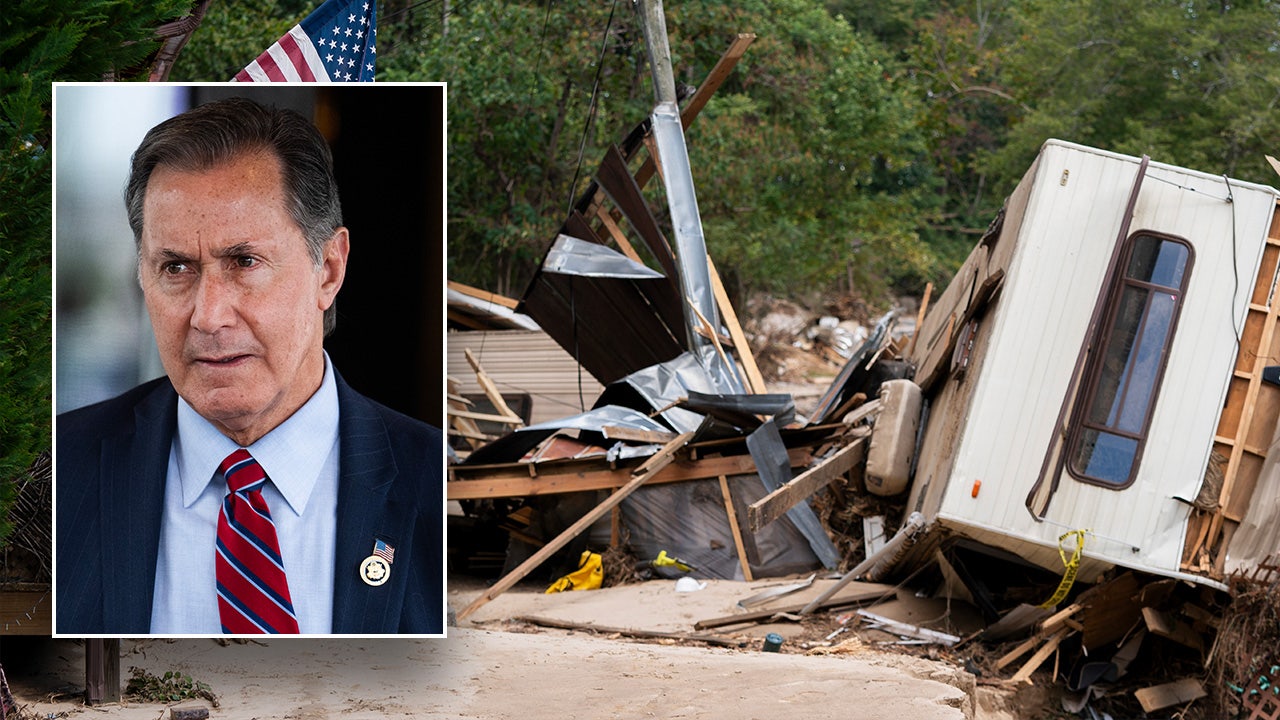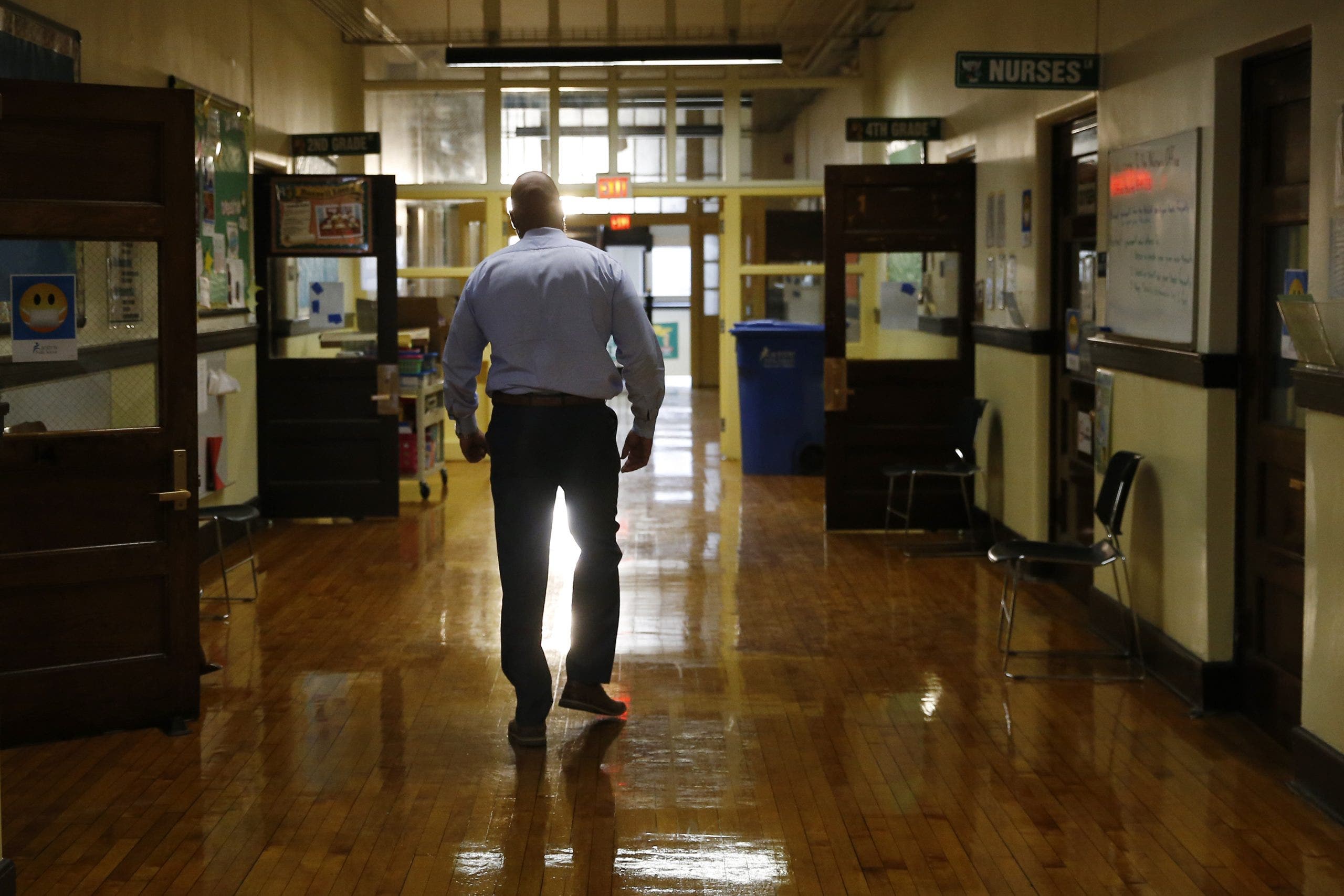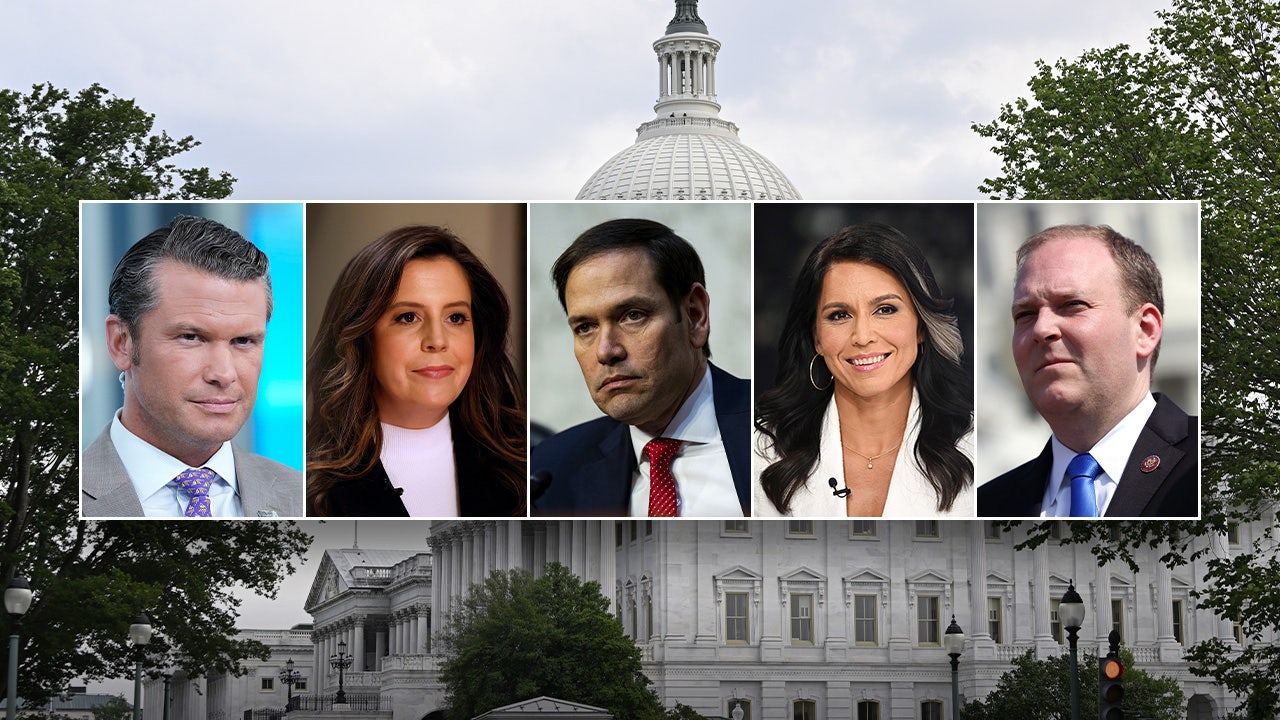Driving through the streets of Saginaw, Michigan, with Hurley Coleman III, the raw tension between what was and what could be in his community runs deeper than what can be seen through the passenger windows.
It’s a feeling that comes through in his every word passing through the streets where he grew up.
“Our region has been screaming and crying out, ‘Hey, we’re here. We’re trying to change. We’re trying to grow. Look at all the thing we’re doing,’” he says. “And yet nobody truly paid attention until we became a battleground county.”
Politicians and their campaigns are paying attention now, that much is clear.
Just as they have zeroed in on a Pennsylvania county about 350 miles away, where we sat at Phil Kerner’s dining room table around fresh pepperoni balls – an Erie County delicacy, his wife informs us – a few days later.
“You’d drive down that industrial corridor on 12th Street, just full shops. Just full shops. Amazing,” Kerner recounted, inviting the obvious follow-up.
So what happened to that street in Erie?
“It’s pretty decimated now,” says the tool and die maker.
Two of the most important battleground counties in two of the most important battleground states.
President Barack Obama won both handily on his path to reelection in 2012.
Donald Trump narrowly captured each on his way to collapsing the Democrats’ vaunted “blue wall” in 2016.
Joe Biden grabbed them back four years later – by the narrowest of margins.
The closely watched political bellwethers share a familiar economic backdrop, animated by their collapse as great hubs in American manufacturing when globalization sucked the life out of industrial powerhouses in this part of the country.
It’s the throughline between the story as told by two families – the Colemans and the Kerners – with generational ties to these communities now fully ensconced in the political Klieg lights.
They share a common passion for where they grew up and continue to reside today. With that comes a significant dose of hope that those places can regain some form of the economic success that defined their past.
“Many of the matriarchs and patriarchs of our families who are now retired, they’re holding on to their properties. They’re hoping that they have something that they can pass down to the generations, to the next generation,” Coleman says.
But their personal journeys are as distinct as the communities within which they were raised.
They diverge on their choice of presidential candidate this November. Their explanations as to why – and their observations of where others in their communities stand on things just weeks before Election Day – offer a candid glance at the opportunities and potential pitfalls facing Trump and Vice President Kamala Harris.
The Coleman family embodies Saginaw’s economic journey since they arrived in Central Michigan, like so many other Black families, during the manufacturing boom that spurred the Great Migration. The automotive industry was the dominant employer – and between General Motors and the rings of suppliers and support businesses that surrounded the plant here, the community was deeply attached to the company’s operations.
“Eighty to ninety percent of the adults in the church were employed full time with GM,” Coleman’s father, a bishop in the Church of God in Christ, says of the congregation he inherited from his own dad.
“Right now, in our congregation, I have one person full-time employed by the auto industry,” Hurley Coleman Jr. says.
In recent years, other industries have started to move in to provide opportunities that had seemed all too fleeting as the broad-based manufacturing tied to major automakers atrophied in the area.
Advanced manufacturing across several industries, including major investments in electric vehicle supply chains, have developed, and major hospitals and medical device companies have expanded their foothold.
“The story that I’d like for us to tell is that we’re resilient and that we do bounce back and that we do have people in this region that are thinking towards the future and that we have, hopefully, a new generation of people that will love this region as well, just like we do,” the younger Coleman says.
Coleman was sitting at his kitchen table as he toggled between sparks of optimism – for his community and his family – and the weight of what he’s experienced over the past several years.
The nonprofit that he leads works with the residents who have the least.
“Sometimes when they come in there and we are their last hope,” Coleman says. “The lights are shut off. They have no food in the cabinets. Senior citizens have been sitting at home, nobody to call, nobody to help them out.”
The best days are the smiles Coleman sees when his team provides that lifeline. But the weight of being a last resort in a community grappling with violence and poverty can be overwhelming.
“There are those days when we have so many people that need help. So many problems, so many issues, so many emergencies and calamities that have happened,” Coleman says.
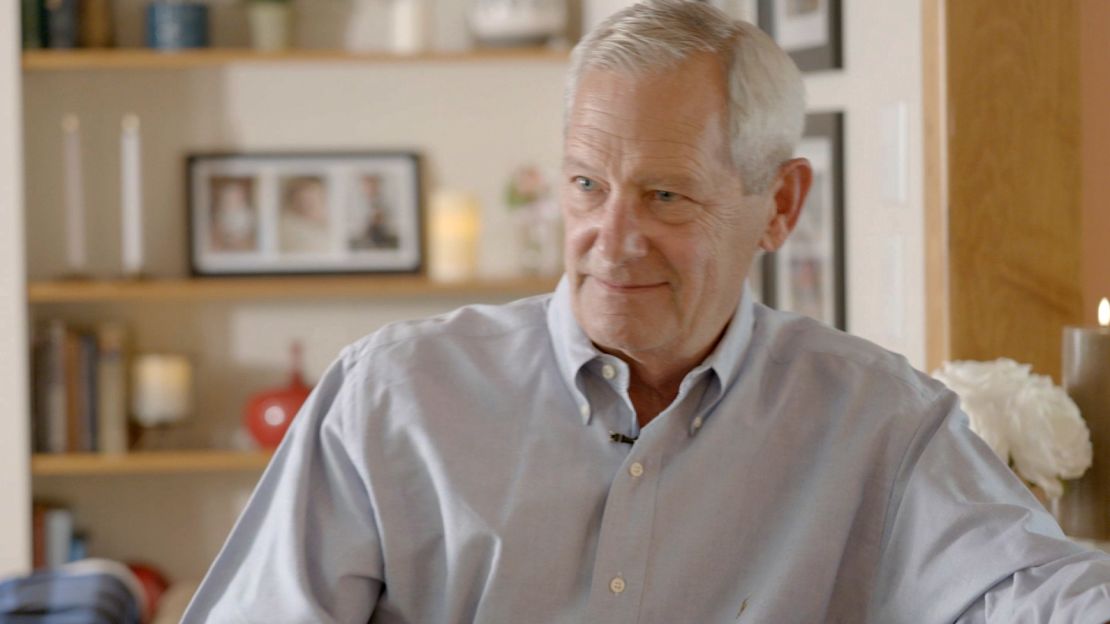
A craftsman and a diminishing trade
Back in Erie, as Phil Kerner flips through the binder on his desk filled with sketches, time cards and family history, it’s apparent there isn’t much he hasn’t saved over the years.
There’s the copy of the 1920 census that lists his grandfather Edward as a toolmaker in this corner of northwestern Pennsylvania.
The story of Edward’s three sons – two toolmakers and a machinist – shows how deeply intertwined his family had been with the trade and their community at one time.
That’s no longer the case.
“My grandfather did this. My father did this. My uncles did it. My brothers did it. I did it. My kids aren’t doing it,” Kerner says. “That tells you everything, right?”
Kerner still loves his tool and die craft and now works for a local family-owned manufacturer of component parts when he’s not in the workshop he built in his basement.
His work can be painstakingly intricate, from the granular details necessary in the sketch of a design to the art and science required to build a plastic injection mold.
Toys, storage containers, mechanical parts and other items found in homes across the country are likely to contain the type of thing Kerner specializes in crafting.
When President George W. Bush famously stood with a bullhorn on the still-smoldering rubble of ground zero after 9/11, the firefighter standing next to him had a respirator mask around his neck. Kerner designed and built the plastic mold for the mask.
But Kerner can pinpoint the exact moment he saw his industry take a turn as part of a decadelong shift to cheaper and faster production overseas.
“I realized that my best customer for ten years was – I wouldn’t use the word undermining me – but had totally abandoned a lot of us in Erie that were doing work for them,” Kerner recalled.
Kerner remains deeply passionate about his profession, so much so that as he saw interest waning in what he viewed as a top-tier trade, he took matters into his own hands.
He launched a YouTube channel titled, naturally, “The Tool and Die Guy.” He has more than 25,000 subscribers.
“I’m just what they’re looking for – irreverent enough, you know?” Kerner said with a chuckle. “I’m the toolmaker they always wish they had working next to them.”
The videos – now more than 170, including one recapping his sitdown with CNN – was the furthest thing from a vanity project in search of social media fame.
Instead, it was an effort born of that passion for his trade – and his deep concern that the appreciation for the skill and craftsmanship that goes with it has diminished in the same way that manufacturing has in places like Erie across the country.
The impact, he notes, cuts far deeper than a plant and its employees. The entire community takes the hit.
“It’s sad to see it as somebody who has experienced the zenith of manufacturing from the 50s up until the 90s,” Kerner says.
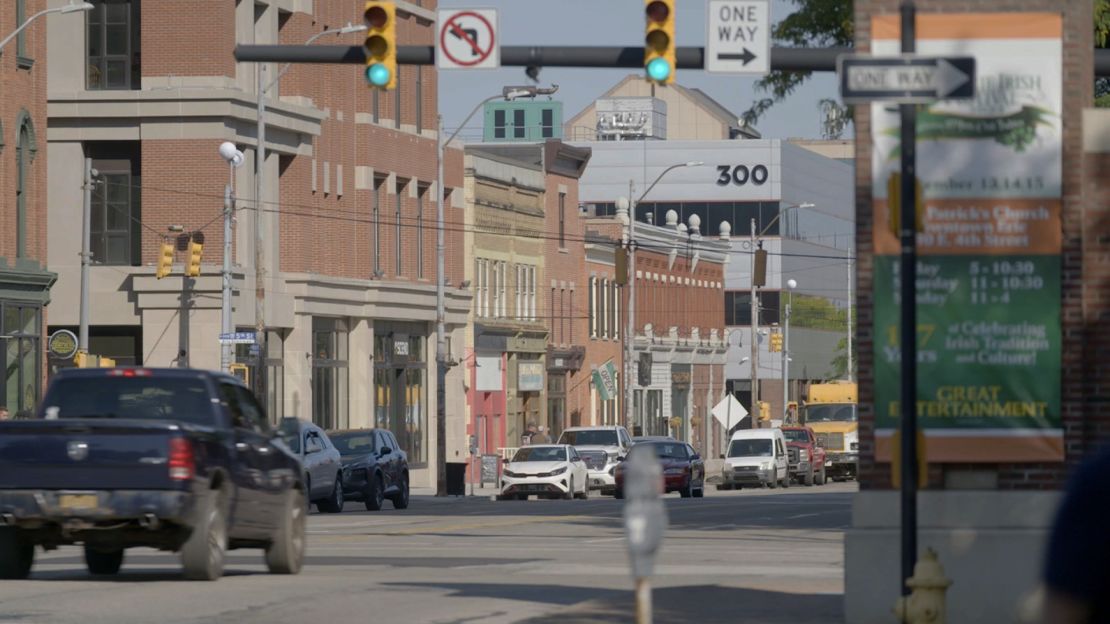
Kerner cops to being “a little bit of a political junkie,” and he pays close attention to the broader economic news in the country.
“I always tell people I’m not a Republican, I’m a realist. I think they’re all terrible,” he says.
He knows the broader macroeconomic numbers point to an economy that has exceeded expectations and forecasts for several years running. But his view of the economy is tied to what he’s seeing in his household.
“It’s not like my wages are going up,” Kerner says. “Not a complaint, but my wages aren’t going up. And I get it – I see that touted a lot. Wages going up. Wages going up. I talk to my friends, ‘Your wages going up?’ No. I don’t know whose wages are going up.”
He describes his decision for who to vote for in similar terms – comparing it to a business owner forced to choose between making payroll or paying suppliers.
“If you don’t figure this out, you lose your home. We’re going to foreclose on you. Who are you going to call?” Kerner asks. “Probably going to call Trump.”
He estimates about 95% of the people he works with also support Trump.
“I think the general consensus in the business community is Trump’s kind of one of us or one of them, you know, because he’s at least on it,” Kerner says. “You ain’t like the way he did it, but that’s his background.”
What he’d really like to see, he makes clear repeatedly, is something that flies far beneath the current political radar. Elevated and uniform apprenticeship standards that take into account the importance of the trade – and the value that comes with it, which should ensure lifelong employment in manufacturing.
It is, in many ways, the point of his YouTube videos, which have taken on a deeper meaning for him over time.
“As long as there’s an internet, people will know that there was a Kerner family in Erie, Pennsylvania. That the tool and die trade was great. That Phil Kerner did it and taught us how to do the best he could,” he says.
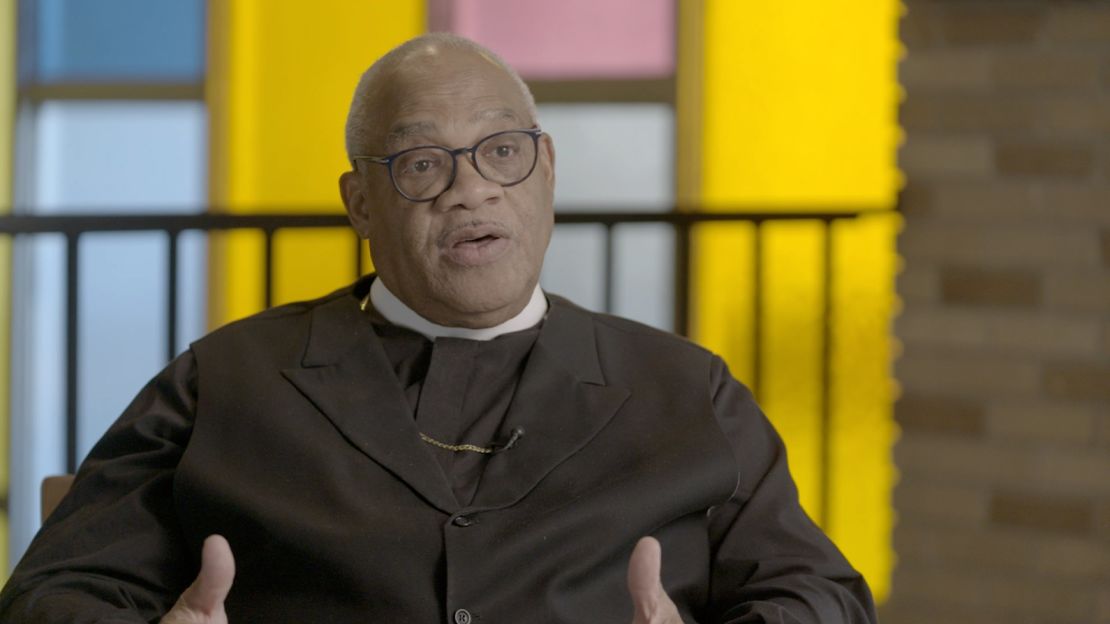
Coleman’s feelings about the November election are summed up in a single word.
“Nervous,” he says. “I’m nervous about the future.”
For all of the optimism he conveys about Saginaw’s future, the reality of the policy contrasts between the two candidates is very real in his line of work.
He sees Trump’s fiscal proposals as directly targeting the federal dollars that help his nonprofit operate.
The idea that tax cuts and deregulation will filter down to those on the lower end of the economic spectrum is something he says has never proved to be the case.
“They have no idea the everyday, you know, traumas of a person who’s living in poverty,” Coleman says. “People with money could face hardship that causes them to lose their home or forces them to struggle with the high cost of gas.”
“But that doesn’t parallel the person who was living in poverty,” Coleman says. “It’s just night and day.”
Coleman supported Biden’s reelection – he and his son, HJ, even spent time with the incumbent when he traveled to Saginaw while still a candidate.
He’s now supporting Harris and saw the Democratic National Convention as a positive step in outlining what she brings to the table.
But it’s clear Democrats have work to do with a critical constituency.
“Many Black men in our area are still yet undecided,” Coleman says. He hears often about the border and whether migrants are taking federal aid that could help people in his community.
The pandemic-era stimulus checks, which Trump made a point of putting his name on, also come up regularly.
“There are people who think that the stimulus checks that came out during the pandemic and things of that nature are something that’s going to happen again,” Coleman’s father says.
Still, Biden’s decision to drop out of the race and Harris’ rise has sparked a new level of enthusiasm, according to the elder Coleman.
“Now the conversation is not how bad Biden was or how good Trump was, but what possibly could happen with a Harris presidency,” the bishop says. “I think there’s more opportunistic hope that’s been created in the last few weeks.”
Driving down Williams Street with the younger Coleman, just before the Saginaw River, it’s impossible to miss the string of abandoned silos that jut into the skyline.
Once an unavoidable blot hanging over the city’s business and arts districts, they were transformed a few years ago into a 70,000-square-foot canvas for contract street artists.
For Coleman, the eruption of bright colors and unwieldy shapes represents more than just a beautification project.
“What was old, what was outdated is about its experience of having transformation and rebirth,” he says, staring at the mural. “And people are going to benefit off of others’ creativity and desire to see change. And I think that’s what those silos represent. And it’s the future for this region.”
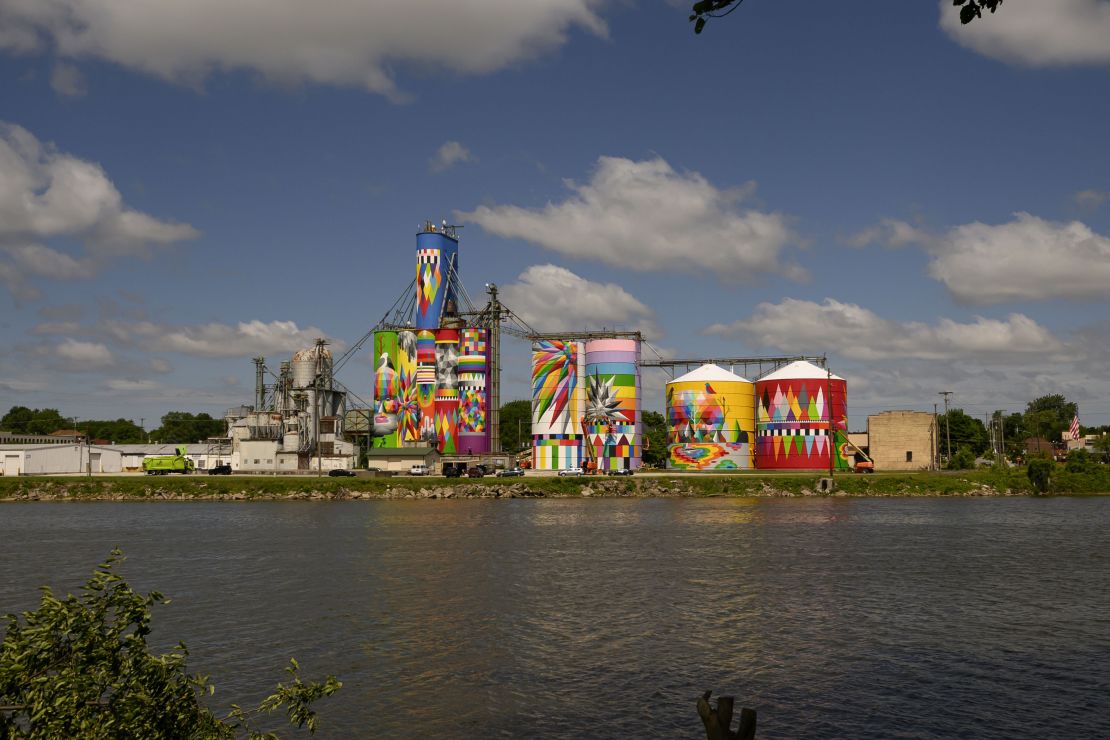
Read the full article here



